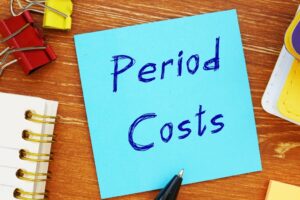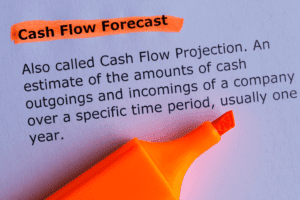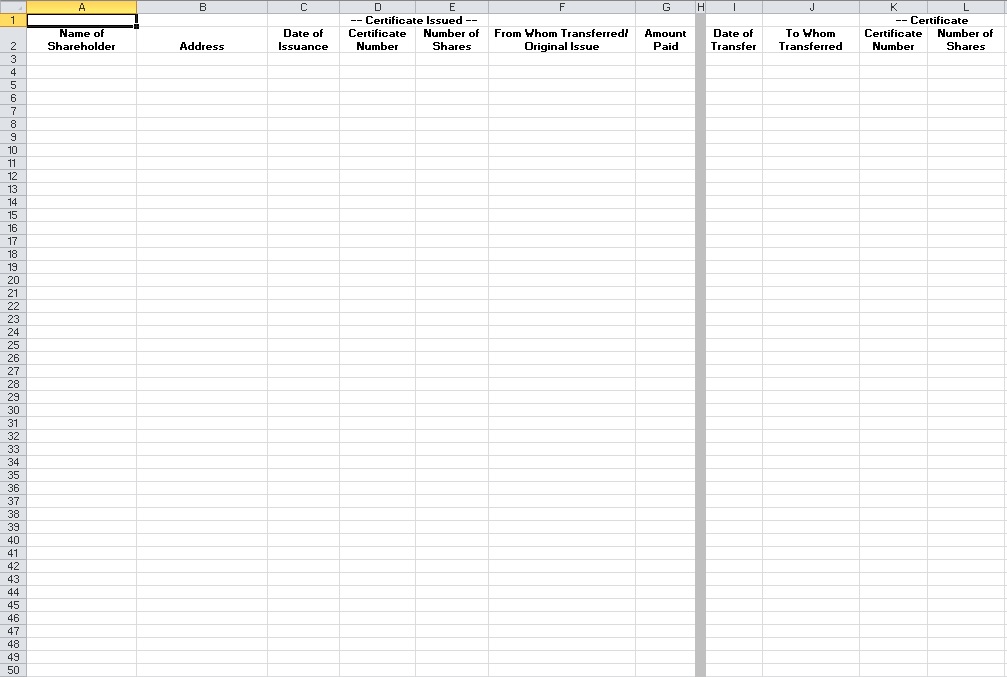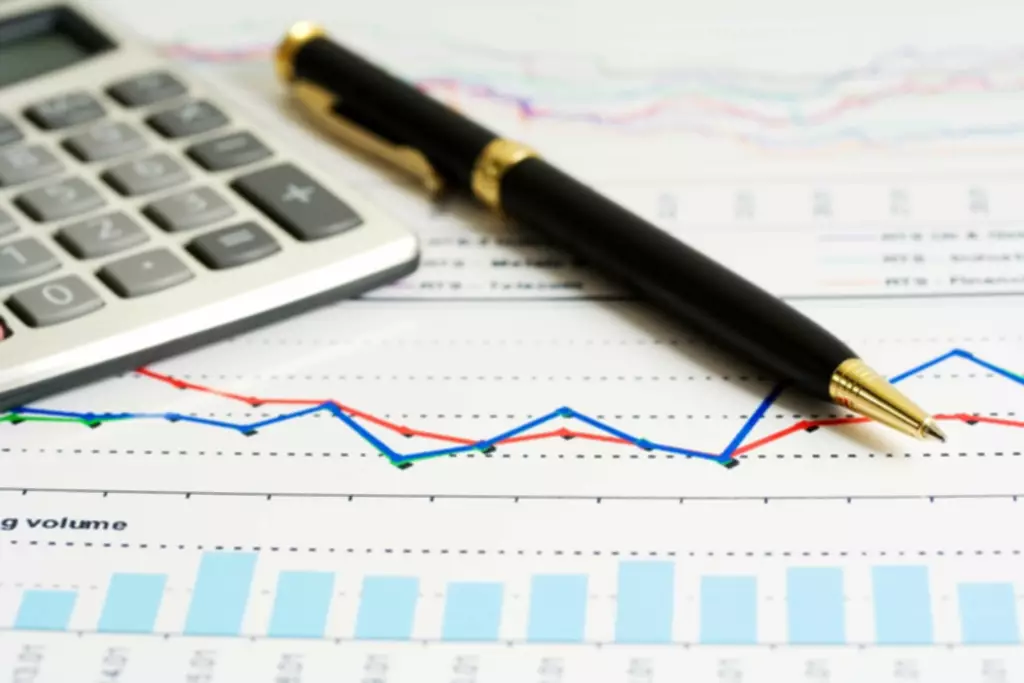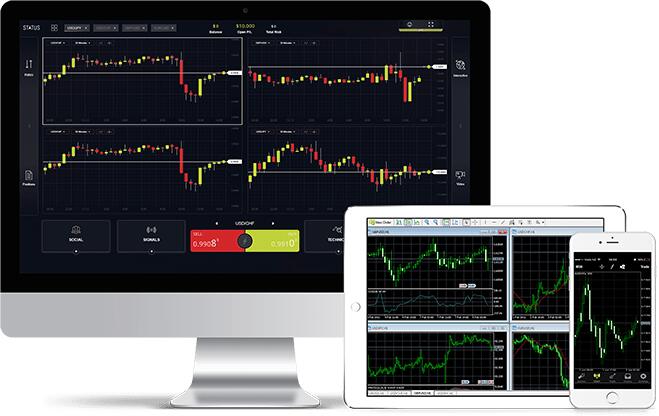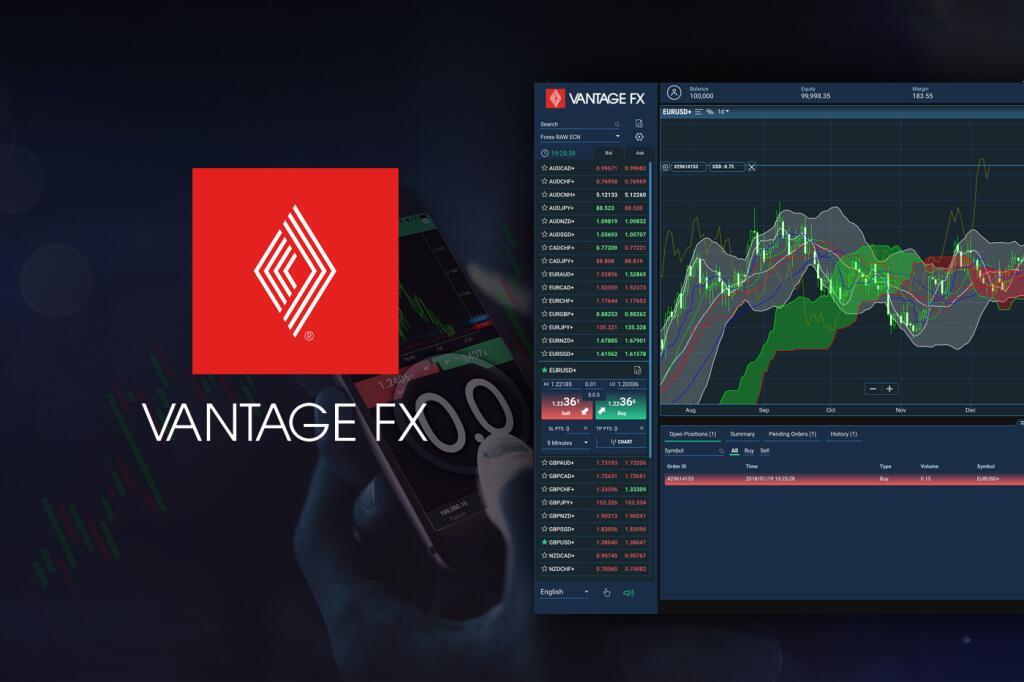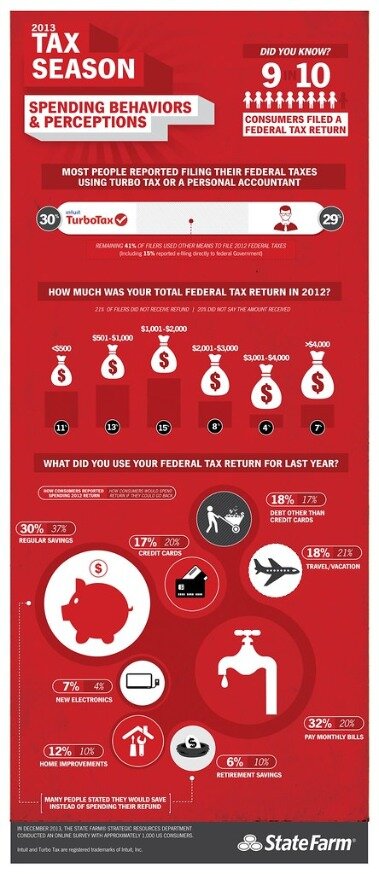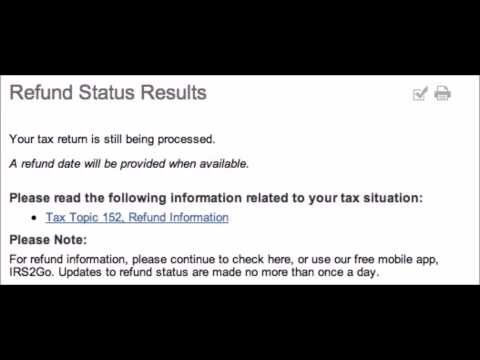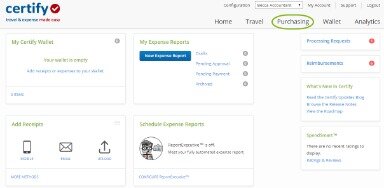
A more consistent version of this multiple is the enterprise value to sales ratio. In practical terms, the debt to capital ratio is used in computing the cost of capital and the debt to equity to lever betas.

However, larger companies within a particular industry will generally have higher book values, just as they have higher market values. That may justify buying a higher-priced stock with less book value per share. The stock market assigns a higher value to most companies because they have more earnings power than their assets. It indicates that investors believe the company has excellent future prospects for growth, expansion, and increased profits. They may also think the company’s value is higher than what the current book valuation calculation shows.
Is Book Value Of Debt Total Liabilities?
For instance, amortization of goodwill generally does not create a tax benefit. Measured right, they give you a fairly imprecise estimate of the true beta of a company; the standard error in the estimate is very large. Now, we’re ready to move on to an example forecast of the “Book Value of Equity” line item on the balance sheet.
As markets rise and fall, the cost of capital as well as the perceived market risk will naturally and relatively unpredictably fluctuate. When utilizing markets as a source of funding, the intrinsic risk of the market itself is outside of the control of the organization. An asset’s initial book value is its actual cash value or its acquisition cost. Assets such as buildings, land, and equipment are valued based on their acquisition cost, which includes the actual cash cost of the asset, plus certain costs tied to the purchase of the asset, such as broker fees.
- For example, if a company raises debt at the cost of 2% and buys inventory for sale, and in comparison, they sell equity at the cost of 5% to buy the same inventory.
- If SAMPLE company has a stock price of $50 and 50,000 shares of stock outstanding, the market cap is $2,500,0000.
- Netting out cash allows us to be consistent when we use the book value of capital in the denominator to estimate the return on capital.
- The purchase of its own shares by the business will decrease total book value.
- Depreciation is generally an estimate, and there are various methods for calculating depreciation.
- Valuation ratios can tell us so much about stocks, especially when you start comparing across companies, industries, and ratios.
- The maturity set equal to the face value of weighted average maturity of the debt and the bond is valued at the current cost of debt for the firm.
Special value refers to a synergy that may exist between two parties that makes the fair price of a transaction higher. Book value refers to the value of an asset according to the account balance present on the balance sheet of a company.
Thought On market Vs Book Value Wacc
These figures can be found on a company’s balance sheet both quarterly and annually. However, both of these calculations are made based on corporate assets. The term is often used interchangeably with market capitalization, although they have different meanings. When the market value of a stock is equal to the book value, this indicates that the market believes the book value is an accurate assessment of the company’s true value. The higher market value may also be a result of investors believing that the current value of the company is higher than its book value indicates.
- Cash flow does not incorporate non-cash expense items like depreciation or amortization , which can be subject to various accounting rules.
- While the WACC calculation does rely on quite a few assumptions, this is something of a necessary risk when it comes to financial projections.
- The WACC must take into account the weight of each component of a company’s capital structure.
- Along with its use to determine the cost of capital, analysts also use it in the enterprise value ratios such as EV/EBITDA.
- The WACC in marginal weights is low because of too high debt in the structure, which compromises the company’s debt-equity ratio.
As technology advances, factors like intellectual property play larger parts in determining profitability. Ultimately, accountants must come up with a way of consistently valuing intangibles to keep book value up to date. Note that if the company has a minority interest component, the correct value is lower. Minority interest is the ownership of less than 50 percent of a subsidiary’s equity by an investor or a company other than the parent company. Investors can find a company’s financial information in quarterly and annual reports on its investor relations page. However, it is often easier to get the information by going to a ticker, such as AAPL, and scrolling down to the fundamental data section. An impairment in accounting is a permanent reduction in the value of an asset to less than its carrying value.
These include white papers, government data, original reporting, and interviews with industry experts. We also reference original research from other reputable publishers where appropriate. You can learn more about the standards we follow in producing accurate, unbiased content in oureditorial policy. One of the major issues with book value is that companies report the figure quarterly or annually. It is only after the reporting that an investor would know how it has changed over the months.
Market Value Vs Book Value
New projects sometimes require taking on risks outside of a company’s current scope, resulting in the need to adjust risk in the WACC. Interest rates, inflation, and other economic forces can play a substantial role in the overall cost of capital. Averaging these funding sources into the WACC is a central tool for financial management. Market value is the price at which an asset would trade in a competitive auction setting.
Consolidated Interest Coverage Ratio for any period, the ratio of Consolidated EBITDA for such period to Consolidated Interest Expense for such period. Debt to Capitalization Ratio means, with respect to the Borrower, as of any date of determination, the ratio of Total Debt for the Borrower as of such date to Total Capitalization for the Borrower as of such date. Consolidated Senior Leverage Ratio as at the last day of any period, the ratio of Consolidated Senior Debt on such day to Consolidated EBITDA for such period. Debt to Gross Book Value Ratiomeans the ratio of Indebtedness to Gross Book Value. Rosemary Carlson is an expert in finance who writes for The Balance Small Business. She was a university professor of finance and has written extensively in this area.

When the same company will raise money next year for some other project, they will have to take more equity finance because of the already higher debt-equity ratio. For example, the book value of the debt and equity on the balance sheet list at the price paid for that debt. If Company A sells a bond for $100 and then the value decreases to $90, the company still lists that bond at $100. But no investor will pay $100 for a bond valued at $90; therefore, calculating the value of that debt becomes necessary to determine the current value of that bond.
How Do You Calculate Total Book Value Of Equity?
Typically, the market value almost always exceeds the book value of equity, barring unusual circumstances. Lastly, the “Other Comprehensive Income ” line item can contain a wide variety of income, expenses, or gains/losses that have not yet appeared on the income statement (i.e. that are unrealized, not redeemed). Repurchased shares are not factored in when calculating basic EPS or diluted EPS. Investopedia requires writers to use primary sources to support their work.
- Since the issuance of compensation in the form of stock-based compensation increases the account balance, we’ll add the SBC amount to the beginning balance.
- According to standard operating procedures, the book value is determined by taking the difference between assets and liabilities on the balance sheet.
- This is very common and occurs as a result of business decisions, public relations changes and other public-facing company choices.
- This ratio is calculated by dividing the book value by the number of outstanding shares.
- A company has a total debt of $1 billion on its balance sheet, with interest expenses of $60 million and a maturity of 6 years.
- All financial professionals and upper management executives must understand the drawbacks of WACC .
So they go to the market and sell the debt to others, for sure the value will be lower than the par value. Debt Market Value is the market price of company debt that is traded in the capital market. It is the amount that investor need to pay to acquire the debt instrument from the market. The investors paid cash to purchase the debt instrument from the market. A weighted average cost of capital https://personal-accounting.org/ calculation is a great tool for businesses in understanding how much it will cost to finance a project. When solving for zero, the organization will identify what the rate of return is for each project. Deciding upon projects that provide returns greater than the WACC derived from the capital structure will set the organization down a profitable path (assuming forecasts are reliable!).
The maturity set equal to the face value of weighted average maturity of the debt and the bond is valued at the current cost of debt for the firm. Book value is often used interchangeably with « net book value » or « carrying value », which is the original acquisition cost less accumulated depreciation, depletion or amortization.
If the BVPS is less than the price of the stock, then that tells an investor that the stock could be overvalued—it costs more than the assets it’s entitled to. On the other hand, when the BVPS is more than the stock price, that means an investor can essentially buy a share in a company’s assets for less than those assets are actually worth. Financial assets include stock shares and bonds owned by an individual or company. These may be reported on the individual or company balance sheet at cost or at market value. To determine our cost of debt, we divide the above interest expense by the total debt of AT&T and then account for the company’s tax rate to find an after-tax cost of debt. With interest rates, the lowest they’ve been, ever….understanding the market value of debt and its impact on its growth is a key component to valuation and finding the “right” discount rate. Along with its use to determine the cost of capital, analysts also use it in the enterprise value ratios such as EV/EBITDA.
Net tangible assets are calculated as the total assets of a company, minus any intangible assets, all liabilities and the par value of preferred stock. Price-to-book (P/B) ratio as a valuation multiple is useful for value comparison between similar companies within the same industry when they follow a uniform accounting method for asset valuation. PE ratio stands for price-to-earnings, meaning the market capitalization of an asset divided by its total earnings or net income. Similarly, investors and analysts use the market values of debts to evaluate future projections for funding and financial growth. A company has a total debt of $1 billion on its balance sheet, with interest expenses of $60 million and a maturity of 6 years.
Balance sheets are a kind of snapshot of a company’s financial state at any given moment in time. As the American Accounting Association puts it, the liabilities listed in the book value of debt do not include the interest rates of loans, the length of loans or any repayment schedules. An investor or potential buyer for a company might review a balance sheet before making a decision. The price per book value is a way of measuring the value offered by a firm’s shares.
Enterprise Versus Equity Value In Small Company M&a
He is a member of the Investopedia Financial Review Board and the co-author of Investing to Win. The fourth metric noted is EV/EBITDA which not only covers all stakeholders but also the entire capitalization. I think it’s important to know P/E and P/S on a relative basis just to understand what other investors’ are seeing too, but I generally prefer EV/EBITDA to get the whole picture when I can. So while there isn’t necessarily one “right” valuation ratio, taken together, with a little help from forensic valuation ratio analysis, we can learn a fair amount. If a company has several periods of negative earnings, they likely still have a positive book value.
Following a repurchase, such shares have effectively been retired and the number of outstanding shares decreases. Returning to the examples from before, Microsoft had 7.57 billion shares outstanding at the end of its fiscal year on June 30, 2020. Market value tends to be greater than a company’s book value since market value captures profitability, intangibles, and future growth prospects. The price-to-book (P/B) ratio evaluates a firm’s market value relative to its book value. When compared to the company’s market value, book value can indicate whether a stock is under- or overpriced. Book value per share and the price-to-book (P/B) ratio are utilized in fundamental analysis.

Historical Equity Risk Premium See Equity Risk Premium Historical Growth Rate Growth rate in earnings in the past. If your company has changed its business mix or debt ratio over this time period, the regression beta will not be a good measure of the predicted beta. The book value of equity is the net value of the total assets that common shareholders would be entitled to get under a liquidation scenario. One common method to compare the book value of equity to the market value of equity is the price-to-book ratio, otherwise known as the P/B ratio. For value investors, a lower P/B ratio is frequently used to screen for undervalued potential investments. The book value of equity is a measure of historical value, whereas the market value reflects the prices that investors are currently willing to pay. Treasury stock is expressed as a negative number because the repurchased shares reduce the value of a company’s equity on the balance sheet.
If the company sold its assets and paid its liabilities, the net worth of the business would be $20 million. While the book value of an asset may stay the same over time by accounting measurements, the book value of a company collectively can grow from the accumulation of earnings generated through asset use. Debt market value is usually different from the company’s book value on balance sheet due to various reasons. The book value of debt will present the company obligation to pay back to investors on the maturity date. The company has to pay back the debt based on the par value of the agreement. Some investors are not able to wait until maturity and they need the money early.
Factors Influencing Market Value Of Debt
There is a direct link between the project and the financing arrangement. The actual or relevant money that is going to be used for implementing the project is the money marginally raised in what is book value of debt the ratio. Companies with the same enterprise value may not have the same equity value because, as we described above, the amount of debt and cash in each company is likely not the same.
Bonus Issue Of Shares: Definition, Effect, Accounting, Advantages
The investor must determine when to use the book value, market value, or another tool to analyze a company. Most publicly listed companies fulfill their capital needs through a combination of debt and equity.
